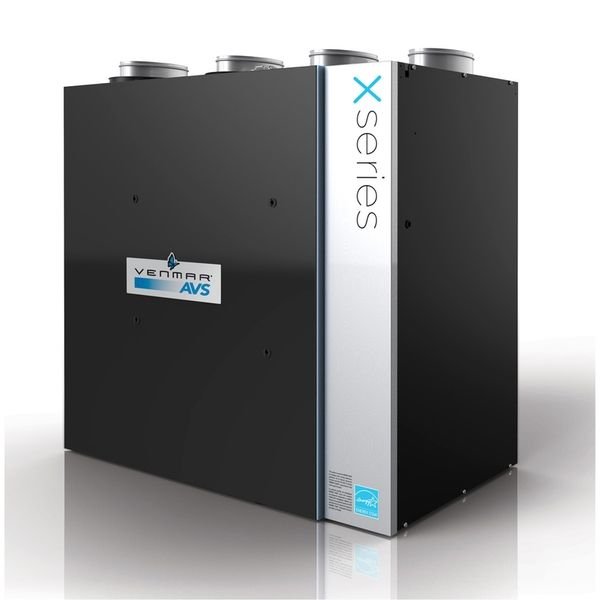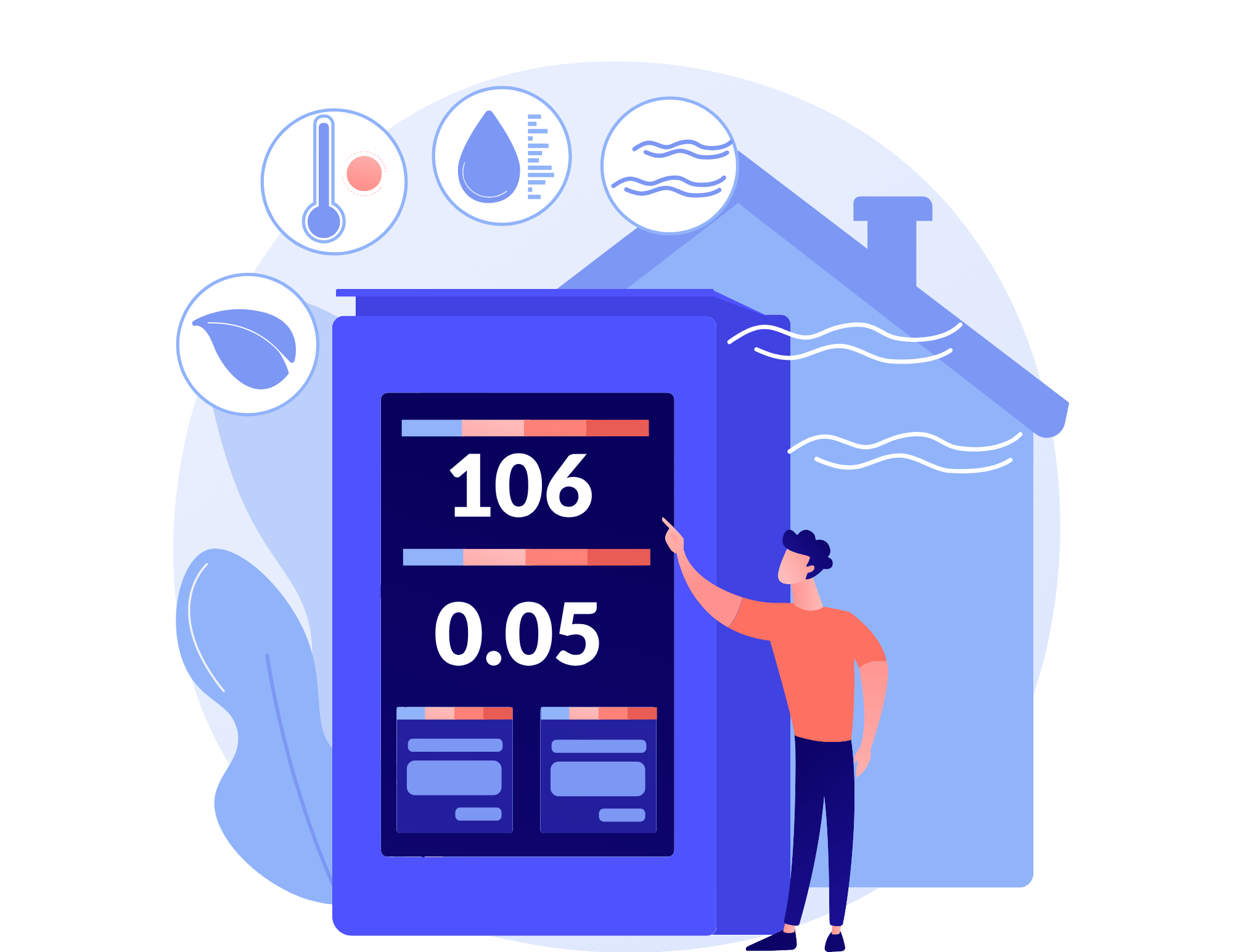Enhancing Comfort and Efficiency: A Guide to Adding HRV to Your Existing Furnace
As we strive for more energy-efficient and comfortable homes, integrating advanced technologies becomes essential. One such innovation that can significantly contribute to indoor comfort and energy efficiency is the addition of a Heat Recovery Ventilator (HRV) to your existing furnace. In this blog post, we'll explore the benefits of HRV systems, the step-by-step process of adding one to your furnace, and the positive impact it can have on your home.
Understanding Heat Recovery Ventilators (HRVs):
Heat Recovery Ventilators, or HRVs, are devices designed to enhance indoor air quality while simultaneously conserving energy. They work by exchanging stale indoor air with fresh outdoor air, all while recovering and transferring heat in the process. This not only ensures a continuous supply of fresh air but also helps maintain a comfortable and consistent temperature within your home.
Benefits of Adding HRV to Your Furnace:
1. Improved Indoor Air Quality:
HRVs help eliminate pollutants, allergens, and excess humidity, providing a healthier living environment for you and your family.
2. Energy Efficiency:
By recovering heat from the outgoing air, HRVs reduce the workload on your furnace, leading to energy savings and lower utility bills.
3. Consistent Temperature Control:
The balanced ventilation provided by HRVs ensures that your home maintains a more stable and comfortable temperature throughout the year.
4. Moisture Control:
HRVs play a crucial role in managing indoor humidity levels, preventing issues like mold growth and maintaining optimal comfort.
Step-by-Step Guide to Adding HRV to Your Furnace:
Before starting the installation process, it's crucial to consult with a professional HVAC technician to assess your specific needs and ensure compatibility with your existing furnace. Here's a general guide:
1. Evaluate Your Existing System:
Assess the type and capacity of your furnace to determine the appropriate size and model of the HRV.
2. Choose an HRV System:
Select an HRV system that suits your home's size, ventilation needs, and energy efficiency goals. Consult with HVAC professionals or research reputable brands and models.
3. Locate Installation Site:
Identify a suitable location for the HRV unit. Common locations include utility rooms, basements, or attics, ensuring accessibility for maintenance.
4. Connect Ductwork:
Connect the HRV unit to the existing ductwork of your furnace. This may involve modifications to accommodate the new system.
5. Electrical Wiring:
Ensure the HRV system is properly wired to your home's electrical supply. This step may require professional assistance to guarantee safety and compliance with local codes.
6. Install Controls:
Set up and program the controls for your HRV system, allowing for personalized ventilation settings and optimal efficiency.
7. Commissioning and Testing:
Once installed, commission the HRV system and perform thorough testing to ensure proper functionality.
Incorporating a Heat Recovery Ventilator (HRV) into your existing furnace is a complex yet rewarding endeavor, offering a multitude of benefits ranging from improved indoor air quality to enhanced energy efficiency. While the step-by-step guide provides a general overview of the installation process, it's crucial to emphasize the importance of seeking professional assistance.
For a seamless integration that aligns with your home's specific requirements, contacting a reputable HVAC professional, such as Good Air Ventilation, is highly recommended. These experts possess the knowledge and experience to assess your existing system, recommend the right HRV model, and execute a precise installation. Remember, a well-executed installation ensures optimal performance and longevity of the HRV system, ultimately contributing to a healthier, more comfortable living environment.
Investing in the expertise of professionals at Good Air Ventilation guarantees that your HRV system operates efficiently and seamlessly integrates with your existing furnace. So, embark on the journey to a more comfortable and energy-efficient home by consulting the experts who can make this transformative addition a reality.






